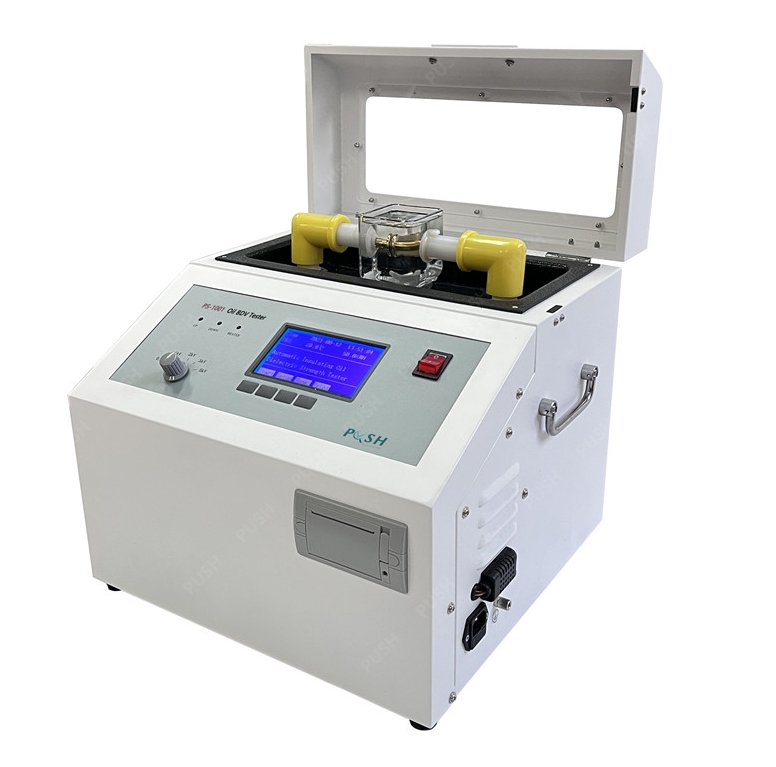Interpreting test results from an Oil Bdv Test Kit requires careful consideration of several factors to ensure accurate and meaningful analysis.
Baseline Values: Compare the obtained breakdown voltage (BDV) values with established baseline values for the specific type of insulating oil being tested. Baseline values can vary depending on factors such as oil type, manufacturer specifications, and industry standards. Deviations from baseline values may indicate changes in oil condition or performance.
Acceptance Criteria: Determine whether the obtained BDV values meet the acceptance criteria defined by relevant standards, regulations, or equipment specifications. Acceptance criteria typically specify minimum acceptable BDV levels for insulating oils based on their intended application and operating conditions. Failure to meet acceptance criteria may warrant further investigation or oil maintenance actions.
Trend Analysis: Monitor BDV trends over time by comparing current test results with historical data from previous tests. Trend analysis can reveal patterns or changes in oil condition, such as gradual degradation or sudden deterioration, which may indicate potential issues with the equipment or operating environment. Significant deviations from established trends may require corrective actions or additional diagnostic testing.
Consistency: Ensure consistency and repeatability of test results by conducting multiple measurements on the same oil sample using the Oil Bdv Test Kit. Consistent results across multiple tests provide greater confidence in the accuracy and reliability of the measurements. Inconsistent or erratic results may indicate variability in testing conditions or measurement errors.
Sample Preparation: Pay attention to sample preparation techniques, such as degassing, filtering, and temperature stabilization, which can influence test results. Proper sample preparation helps minimize potential sources of error and ensures that test measurements accurately reflect the true breakdown voltage of the insulating oil.
External Factors: Consider external factors that may affect test results, such as ambient temperature, humidity, and atmospheric pressure. These environmental conditions can impact the performance and stability of the Oil Bdv Test Kit and may need to be controlled or accounted for during testing to maintain accuracy and reproducibility.
Verification: Verify the accuracy and reliability of the Oil Bdv Test Kit by comparing its measurements with those obtained from reference instruments or established laboratory methods. Independent verification helps validate the performance of the test kit and ensures that test results are trustworthy and scientifically sound.
Consultation: Seek guidance from experts or professionals familiar with insulating oil testing and interpretation, especially in cases where test results are ambiguous or unexpected. Consulting knowledgeable individuals can provide valuable insights and assistance in understanding complex test data and making informed decisions about oil management and maintenance.
By carefully considering these factors when interpreting test results from an Oil Bdv Test Kit, you can effectively assess the condition of insulating oils, identify potential issues or trends, and make informed decisions regarding oil maintenance, replacement, or corrective actions.

Previous: How To Deal With Water Damage On Laminate Flooring?
Next: How Liquid Sachet Packaging Machines Revolutionize Production
Copyright:@2020-2021
Comments Please sign in or sign up to post.
0
0 of 500 characters used